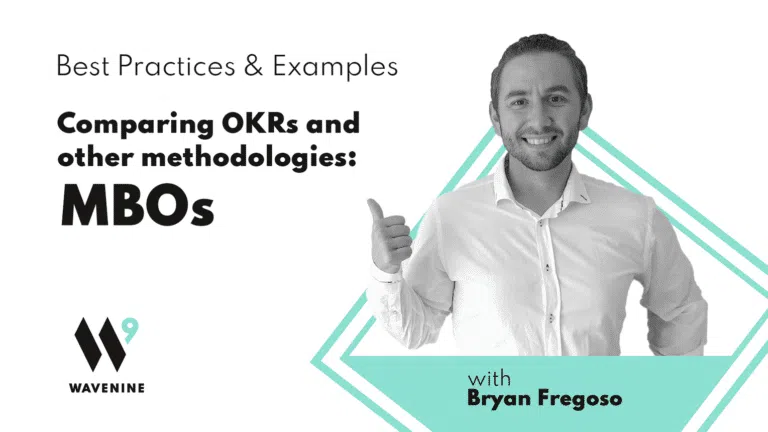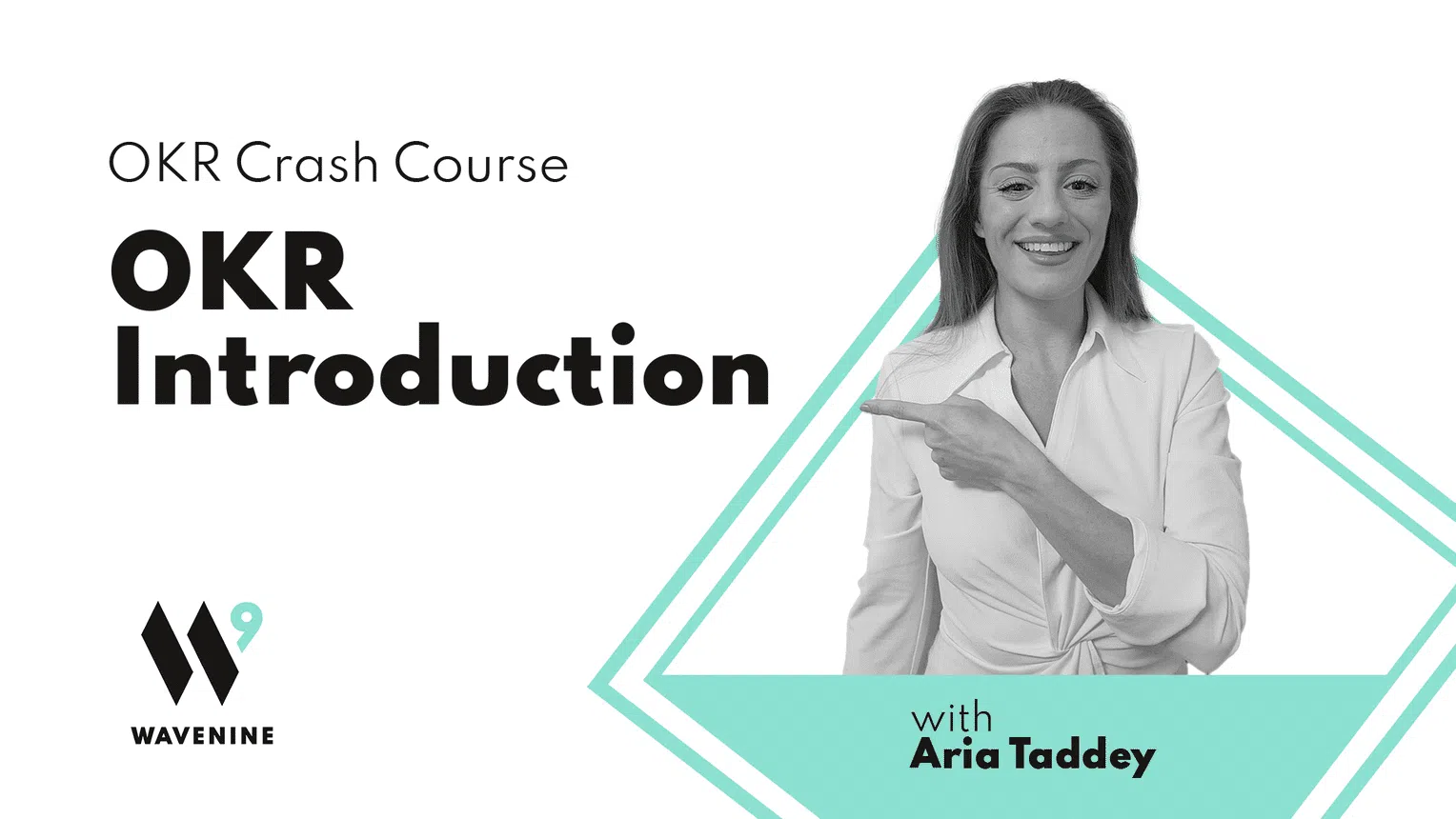Collaboration vs Top-Down - The Main Difference Between MBO and OKRs
Discover how OKRs outshine traditional MBOs by replacing top‑down directives with collaborative, transparent goal‑setting that accelerates team performance.

We’ll compare the goal-setting methodologies of MBO (Management by Objectives) and OKRs (Objective and Key Results) to enhance team performance and efficiency.
You’ll discover the key differences between these approaches and learn why and how MBO follows a top-down structure, while OKRs embrace collaboration.
By this, you’ll also see how OKRs can foster transparency and trust while focusing on team-shared objectives to achieve business goals faster.

OKRs vs MBOs
Both OKRs (objective and key results) and MBOs (management by objectives) share the common approach of utilizing objectives to set the direction for organizations.
They aim to enhance effectiveness, efficiency, and overall performance.
But MBOs have limitations in capturing the true value sources for success.
They often fail to recognize that business is not solely an individual pursuit but a team sport, requiring collaboration across departments.
OKRs provide a more holistic and inclusive framework, fostering collaboration, breaking down silos, and enabling knowledge sharing across teams.
With OKRs, organizations can embrace a more comprehensive approach that maximizes their potential for success.
Why we prefer the OKR framework
While MBOs (management by objectives) can contribute to the development of excellent managers, they often come at the expense of fostering strong, self-governing, and independent teams.
We prefer OKRs because OKRs embrace a team-centric approach that encourages ownership, transparency, and collaboration.
With OKRs, success is shared across the team, and individuals have the autonomy to track their progress and contribute to the company’s advancement.

Other Articles
Get the inside scoop on OKRs
Sign up to our newsletter to get OKR tips, tricks, and insights delivered directly to your inbox!




